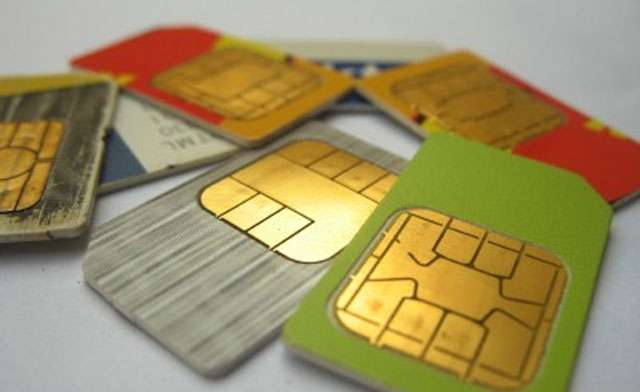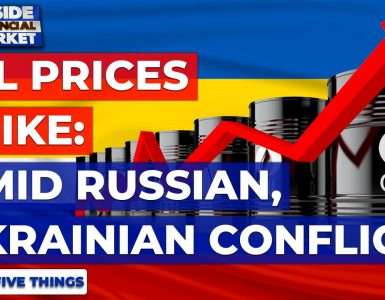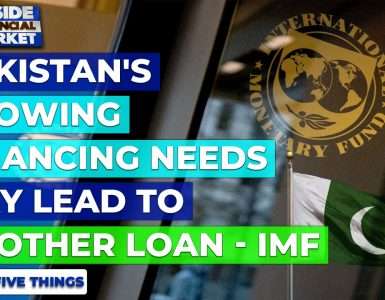The Telecom sector regulator has given one month to cellular mobile operators (CMOs) to explain discrepancies in their on-net and off-net tariffs, which are leading to unhealthy competition and price wars, thus impacting the overall industry.
The Pakistan Telecommunication Authority (PTA) has issued a consultation paper highlighting that although CMOs have positive gross margins, some are sustaining losses.
Moreover, consolidation in the industry (merger of Mobilink and Warid) is taking place to deal with such low tariffs.
It is important to note that PTA, through Pakistan Telecommunication Re-organization Act, has the power to regulate the tariffs of telecom services.
Discrimination between on-net and off-net tariffs which favors on-net calls creates a cult behavior whereby related subscribers club into a particular network to take advantage of lower on-net call price.
Moreover, low tariffs are exploited through increase in grey traffic.
This is attributed to the fact that Pakistan has one of the lowest call charges in the world.
This is also impacting fixed line operators as consumers favor their mobiles rather than fixed-line telephones to make calls.
CMOs compete on prices and offer low tariff to attract subscribers.
Low tariffs are coupled with a myriad of call packages – 17 is the least number of packages being offered by Warid Telecom while around 153 packages are being offered by China Mobile Pakistan (Zong) – some of which are offered across the country while others are specific to a region.
Paper states that these create confusion among mobile subscribers as they are overcharged for off-net calls.
PTA has been given the suggestion of setting a price floor which would essentially curtail the volume of promotional offers being offered by CMOs.
The authority has given one month to CMOs to give their feedback on the same.
Experts believe setting of price floor will not be practical as cost varies among operators (higher for small operators).
Also, this might lead to issues with Competition Commission of Pakistan (CCP) as it would hinder competition among players.
However, it might be possible for operators to decide on a certain price level among themselves.
A similar case was observed in case of International Clearing House (ICH) where call rates were increased to 8.
8cents/min from 2cents/min.
In view of Hamza Raza, an analyst at Topline, if such an arrangement comes to pass, small players will be the prime beneficiaries, including Pakistan Telecommunication’s (PTC) fixed-line segment through increase in subscribers, and through Pakistan Mobile Telecommunication (Ufone), a wholly owned subsidiary of PTC.
It is too early to calculate the monetary impact on the company due to non-availability of tariff and their cost structure.
Hassan Azhar, another expert, observed that due to intense unhealthy competition, telecom profits have declined in past few years and is also resulting in subscribers clustering, rising grey trafficking, depriving of fixed line from its due share and low revenues for Long Distance International (LDI) operators.
If PTA take steps to equalize the on-net and off-net tariff or to narrow the differential, it would be beneficial for whole industry in shape of less unhealthy competition within CMOs and elimination of anti-competitive behavior with fixed line operators.
In addition, it would discourage grey trafficking, resulting in higher LDI revenues.
Competition within telecom industry has resulted in falling call rates in Pakistan.
At present, Pakistan has some of the lowest mobile call charges in the world and the affordability of services has contributed to phenomenal subscribers growth.
However, this has also resulted in lower profits, calling circles/clubs, promoting grey trafficking and anti-competitive behavior of CMOs by depriving the fixed line operators of their due share.
Currently in Pakistan, cellular operators are offering aggressive unlimited on-net calls & higher number of promotions packages i.e.
- Zong offering 158,
- Telenor 92 and
- Ufone 55 packages.
Some of these packages are location based, offering lower rates in a similar residential area.
These low call rates and unlimited free on-net calls are not only shrinking telecom profits, it is also resulting in clusters of customers in ‘calling circles’ or ‘clubs’, encouraging users to stay in the network by creating confusions.
With the huge price differential between on-net & off-net call rates, cellular operators are effectively charging higher prices on off-net and/or lower price for on-net calls.
Additionally, earnings generation of CMOs has declined in last couple of years due to aggressive marketing campaigns and discounted prices offered by CMOs.
In 2014, 3 out of 5 cellular service providers faced net losses.









